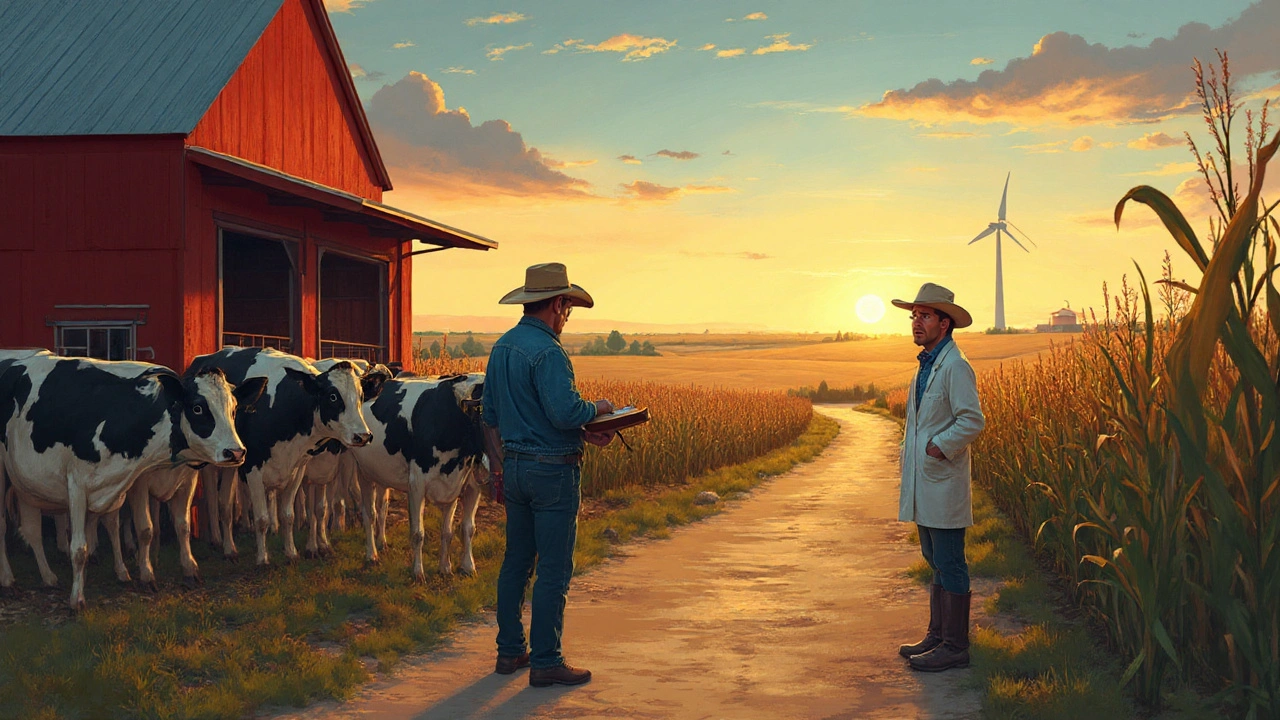When COVID‑19 hit, most of us thought about masks and vaccines, but farmers felt the shock too. Fields, storage facilities, and delivery trucks all had to adapt fast. If you’re a grower, a buyer, or just curious about where your food comes from, you’ll want to know the key changes that are still shaping agriculture today.
Lockdowns stalled freight, causing fresh produce to sit longer than usual. That meant higher spoilage rates and price spikes. Many farms now use real‑time tracking apps to see where their shipments are at any moment. If you’re planning to ship crops, consider a backup carrier or a local hub that can store goods short‑term. It adds a small cost but saves a lot of loss when a road closure hits.
Labor shortages were another surprise. Travel bans meant seasonal workers couldn’t cross borders, leaving fields unharvested. Some growers turned to mechanized harvesters, while others offered higher wages or housing to attract local workers. If you run a farm, think about cross‑training your crew so they can switch roles when hands are thin.
The pandemic reminded us that disease control isn’t just about humans. Plant viruses can spread quickly when workers move between fields without proper hygiene. Simple steps—hand sanitizers at field entrances, clean boots, and limited crew overlap—cut down the risk. Those practices also help with future outbreaks of crop diseases.
Weather patterns grew more erratic during the pandemic years, and many farms lacked the data to react fast. Investing in low‑cost sensors for soil moisture and temperature can give you early warnings. Pair those readings with a mobile app that suggests irrigation schedules, and you’ll keep yields stable even when rain patterns shift.
For smaller growers, community‑supported agriculture (CSA) models proved resilient. Direct sales to local customers reduced reliance on distant distributors and kept money circulating locally. If you’re thinking about starting a CSA, start small: offer a weekly box of mixed vegetables and ask for feedback. It builds trust and lets you adjust crops to what neighbors actually want.
Overall, pandemic agriculture is about blending tech, smart labor practices, and local markets. The lessons learned during COVID‑19 are staying. By using simple tools—tracking apps, hygiene stations, and sensor data—you can protect your farm from future shocks and keep food on the table.

Explore how a new influenza strain can disrupt livestock, crop production, and global food security, and learn practical mitigation strategies.
Read More